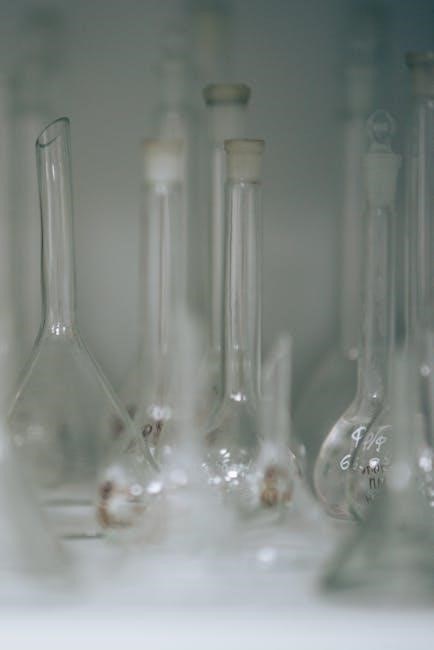The physics laboratory manual is a comprehensive guide, including
- experiments
and procedures, designed to help students learn and understand physics concepts, using laboratory equipment and methods effectively always.
Overview of Laboratory Procedures
The physics laboratory manual outlines the procedures for conducting experiments, including the necessary equipment and materials, and the steps to follow during the laboratory period.
The manual provides a detailed description of the laboratory setup, the measurement techniques, and the data analysis methods.
Students are required to read the laboratory manual before the experiment and come prepared to the lab with the necessary materials, such as pencil, paper, and calculator.
The laboratory procedures are designed to help students learn and understand the physics concepts, and to develop their critical thinking and problem-solving skills;
The manual also includes post-lab questions to help students analyze their results and draw conclusions.
The laboratory procedures are an essential part of the physics laboratory manual, and they provide a hands-on experience for students to learn and understand physics concepts.
The manual is a comprehensive guide that includes all the necessary information for conducting experiments in the physics laboratory.
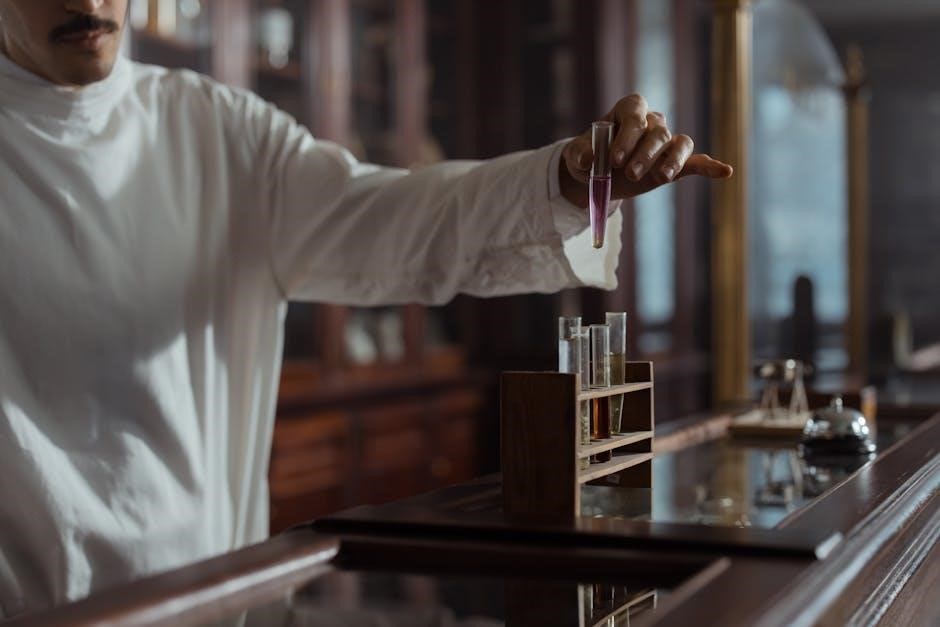
Goals and Objectives of the Lab
The lab aims to provide hands-on experience, using
various
methods and equipment, to achieve learning objectives, with a focus on practical applications, always effectively.
Importance of Hands-on Experience in Physics
The hands-on experience in physics is crucial for students to understand complex concepts and theories. By participating in experiments and activities, students can develop a deeper understanding of physics principles and their applications. This approach helps to foster critical thinking, problem-solving, and analytical skills, which are essential for students to become proficient in physics. The hands-on experience also enables students to visualize and interact with physical phenomena, making it easier for them to comprehend abstract concepts. Furthermore, this approach promotes active learning, encouraging students to take an active role in the learning process, rather than simply passively receiving information. Overall, the hands-on experience in physics is vital for students to gain a thorough understanding of the subject and to develop the skills necessary to succeed in their future careers, using various methods and equipment effectively always in the lab.
Preparation for Laboratory Sessions
Students should read the laboratory manual and
- prepare
necessary materials before each session to ensure a productive learning experience always in the physics laboratory setting effectively.
Required Materials and Equipment for the Lab
To participate in the physics laboratory sessions, students are required to bring certain materials and equipment, including a pencil, paper, and a calculator. Additionally, graph paper and a clear plastic ruler are necessary for recording and analyzing data. The laboratory manual outlines the specific materials needed for each experiment, and students are expected to come prepared. A list of required materials and equipment is provided at the beginning of the laboratory manual, and students should review it carefully before each session. By having the necessary materials and equipment, students can ensure a productive and successful learning experience in the physics laboratory. The use of specialized lab equipment is also necessary, and students will be introduced to these tools during the laboratory sessions. Overall, the required materials and equipment are essential for conducting experiments and achieving the learning objectives of the physics laboratory manual;
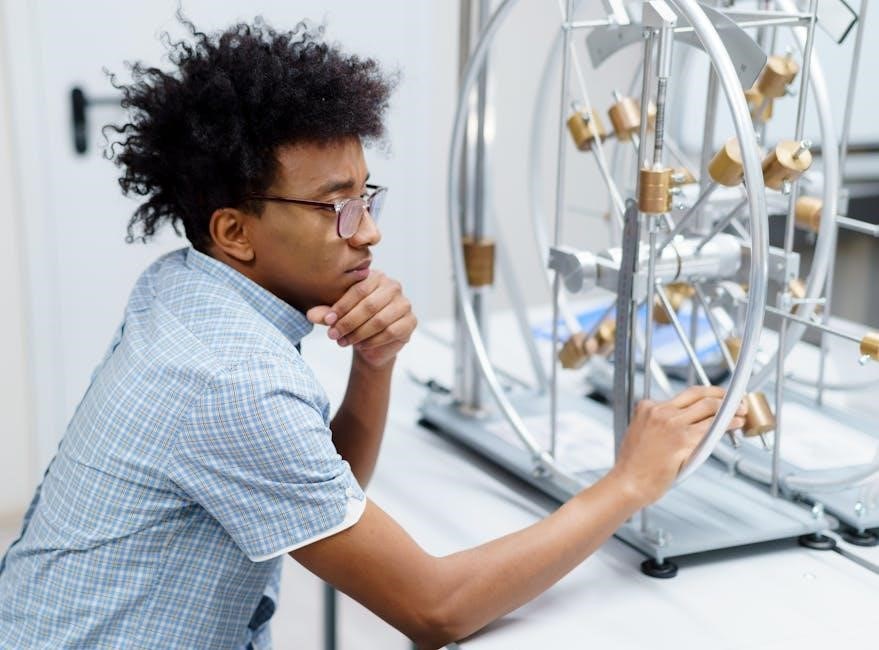
Types of Activities in the Laboratory Manual
The laboratory manual includes two types of activities,
- explorations
and experiments, designed to facilitate hands-on learning and experimentation always effectively.
Explorations and Experiments in the Lab
The physics laboratory manual features a range of explorations and experiments, including investigations into mechanics, heat, and electricity, which are designed to help students develop a deeper understanding of physics concepts.
These activities are structured to promote hands-on learning and experimentation, allowing students to explore and discover physics principles in a practical and engaging way.
By participating in these explorations and experiments, students can gain a more comprehensive understanding of the subject matter, and develop essential skills in scientific inquiry and critical thinking.
The experiments and explorations are carefully designed to be safe, effective, and easy to follow, with clear instructions and guidelines provided to ensure a successful and enjoyable learning experience.
The laboratory manual provides a valuable resource for students, teachers, and instructors, and is an essential component of any physics education program.
Overall, the explorations and experiments in the lab are a key part of the physics laboratory manual, and play a crucial role in helping students to learn and understand physics concepts.
Experimental Method and Data Analysis
Students learn to collect and analyze data using various methods and tools, including
- graphs
and statistical techniques, to draw meaningful conclusions effectively always in the lab.
Measuring and Analyzing Results in the Lab
Measuring and analyzing results in the lab is a crucial part of the physics laboratory manual. Students learn to use various tools and equipment to collect and record data, including graphs and charts to visualize their findings. The data is then analyzed using statistical techniques to draw meaningful conclusions. This process helps students to develop their critical thinking and problem-solving skills. By measuring and analyzing results, students can identify patterns and trends, and make informed decisions about their experiments. The lab manual provides guidance on how to measure and analyze results, including tips on how to minimize errors and ensure accuracy; Overall, measuring and analyzing results is an essential part of the physics laboratory manual, and helps students to gain a deeper understanding of physics concepts and principles. This is achieved through the use of specialized lab equipment and techniques.
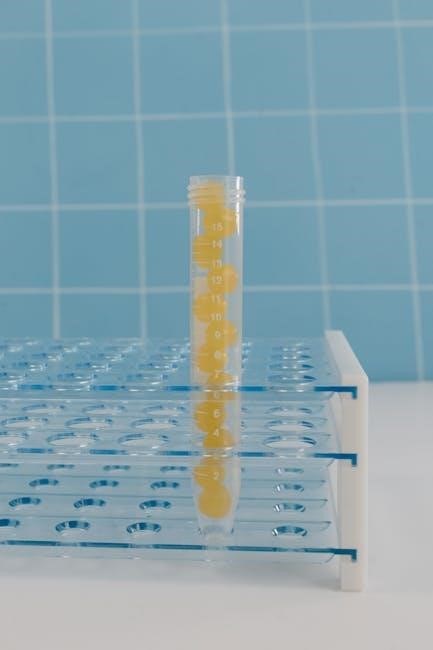
Calculus-Based Physics Experiments
Experiments involve mechanics, heat, and electricity using
- calculus
to analyze data and results effectively always with laboratory equipment.
Lab Procedures for Mechanics, Heat, and Electricity
The lab procedures for mechanics, heat, and electricity are designed to help students understand the fundamental concepts of these topics.
The procedures involve a series of experiments and activities that allow students to explore and investigate the principles of mechanics, heat, and electricity.
Using various laboratory equipment, such as thermometers, voltmeters, and oscilloscopes, students can collect data and analyze results to gain a deeper understanding of these topics.
The lab procedures are divided into sections, each focusing on a specific area of mechanics, heat, and electricity, and include detailed instructions and guidelines for conducting the experiments.
By following the lab procedures, students can develop a thorough understanding of the concepts and principles of mechanics, heat, and electricity, and apply this knowledge to real-world problems and situations.
The lab procedures are an essential part of the physics laboratory manual, providing students with hands-on experience and practical skills in these areas.
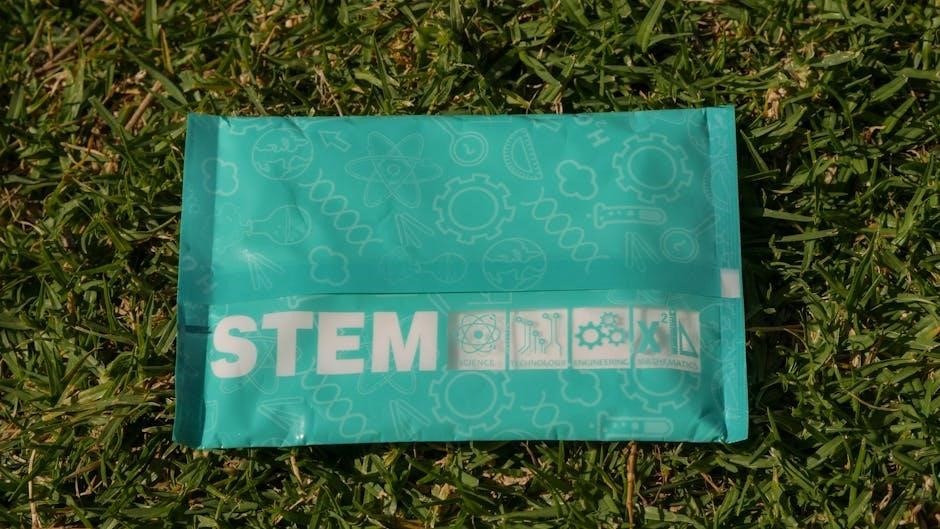
Modern Physics and Optics Experiments
Experiments include topics like quantum mechanics and optics, using
- equipment
and methods to explore modern physics concepts effectively always with online resources available now today.
Lab Procedures for Magnetism and Modern Physics
Lab procedures for magnetism and modern physics involve a range of experiments and activities designed to help students understand and explore these complex topics. For example, students may conduct experiments on magnetic fields, electromagnetic induction, and quantum mechanics. The lab manual provides detailed instructions and guidelines for each experiment, including safety precautions and equipment requirements. Students are expected to read and follow the procedures carefully, and to record their results and observations accurately. The lab procedures are designed to be hands-on and interactive, allowing students to gain practical experience and develop their problem-solving skills. By following the lab procedures, students can gain a deeper understanding of magnetism and modern physics, and develop a range of skills that are essential for success in these fields. The experiments are carefully designed to be safe and effective.
